Thoughts from the Study
A very warm welcome back to the entire school community. It has been, as ever, a positively busy festive period in school, with a number of capital projects completed around the site. One of the main strategic strands for us is a progressive focus on reducing our carbon footprint, and with it, our reliance on gas as the main source of our school heating. As a single example of the capital work completed, I am pleased to report that over the holidays, as what the children would describe as a kindness for the planet, we have further reduced our reliance on gas by installing a discrete, environmentally friendly electric heating system in the oldest parts of the Broomfield House building.
Linking to making decisions based on kindness, in assembly this morning, I spoke to the children about the Ripple Effect, the idea that our actions can, at times, unknowingly contribute to external outcomes that are not always possible to predict at the time. Now, if you are an economist reading the next part of this, the following calculations are ‘high-level’ and do not incorporate the multitude of other factors that could alter the total number. I am, however, very happy to accept corrections that incorporate multiplier effects, which I would be interested to read.
Let us consider that as adults, on average, we make 35,000 decisions each day, while younger children make around 5,000 on average. If we consider that for a single adult, this equates to potentially 35,000 separate ripple effects, the ownership we place on self-awareness and emotional intelligence must be profound and intentional. The concept, therefore, with forty colleagues in school (40 × 35,000) and 180 children (180 × 5,000), is that on a single day at Broomfield we have 2.3 million potential decision-based ripples permeating around the place, with the ability to contribute to and, in turn, alter the course of how the day turns out for all of us.
We do, of course, need to consider the length of time that we all, on average, spend in school. If we consider 8:30 am – 4:30 pm as a mean length, equating to 8 hours a day, this is one third of a 24-hour day. Therefore, a more accurate number is that 33.33% of our decisions occur during school hours, which equates to approximately 766,590 decision based ripples made within the school between children and staff during the course of an average day.
Now, let us add in the parent influence. With approximately 350 parents as part of our wonderful community, we can calculate this contribution as (350 × 35,000)/33.33%, giving us an additional 4,082,925 decisions being made during the course of the school day. This brings us to a total of 4,849,515 decisions for an eight-hour standard school day.
Having roughly calculated these numbers, our focus now needs to shift to the debate about making decisions to be ‘nice’ versus making decisions to be ‘kind.’
Being ‘nice’ often implies a surface level attempt to avoid conflict or maintain a pleasant demeanor. It can sometimes lack the depth required to genuinely consider the needs and feelings of others. Kindness, on the other hand, involves a deliberate act of empathy and care, often requiring courage and thoughtfulness. Kindness considers the long-term impact of our actions and the wellbeing of others, even when it is challenging or uncomfortable. Although the installation of an eco-friendly heating system may not have tangible notable returns initially, over time, the longer term impact will be significant.
In the context of our school community, this distinction is critical. When we consciously aim to make kind decisions rather than simply nice ones, we foster a culture of genuine support, empathy, and growth. This means we are not just avoiding harm but actively contributing to the wellbeing and development of those around us. For example, a kind decision might involve giving honest yet constructive feedback or stepping in to help someone in need, even if it requires extra effort.
The premise is that if, as a community, we make 4.85 million kind decisions during a school day and each decision-based ripple causes 10 more ripples at every stage, repeated 10 times, then this gives us a staggering 48.5 billion (4.85 × 10^10 = 48,500,000,000) opportunities to be collectively kind each day.
This incredible number highlights the power and responsibility we have as a community. Each decision we make, from the smallest interaction to the most significant choice, has the potential to create a cascading effect of positivity and kindness. By embracing this mindset, we actively shape the culture of our school and equip our children with the values and tools to create their own ripples of kindness in the wider world.
As we move into the weekend, I asked the children to reflect on this idea. The Ripple Effect reminds us that our decisions matter, not just in the moment but far beyond. By choosing kindness over niceness, we can create a culture where every action, however small, contributes to a collective atmosphere of empathy, courage, and care. This is the foundation upon which our thriving community is built and how it is sustained, one ripple at a time.
All the very best for the weekend.
Mr. Anstey
Headmaster

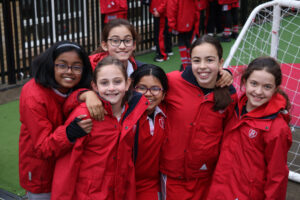



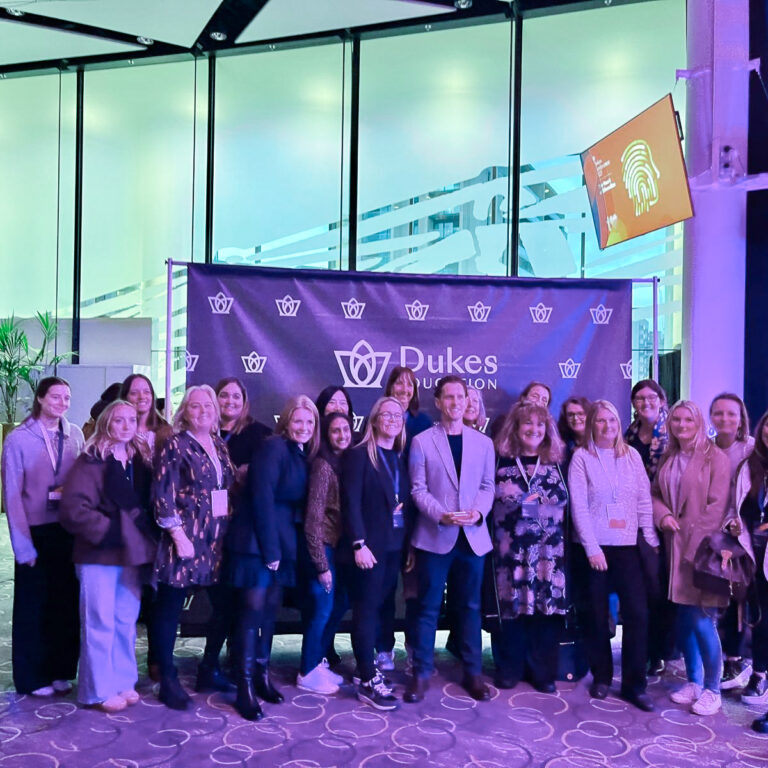
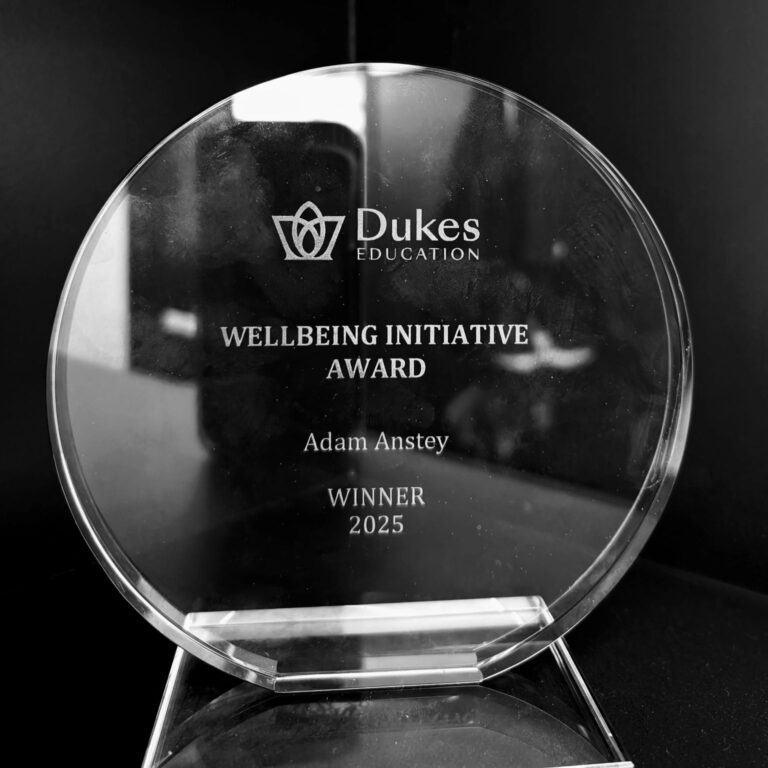
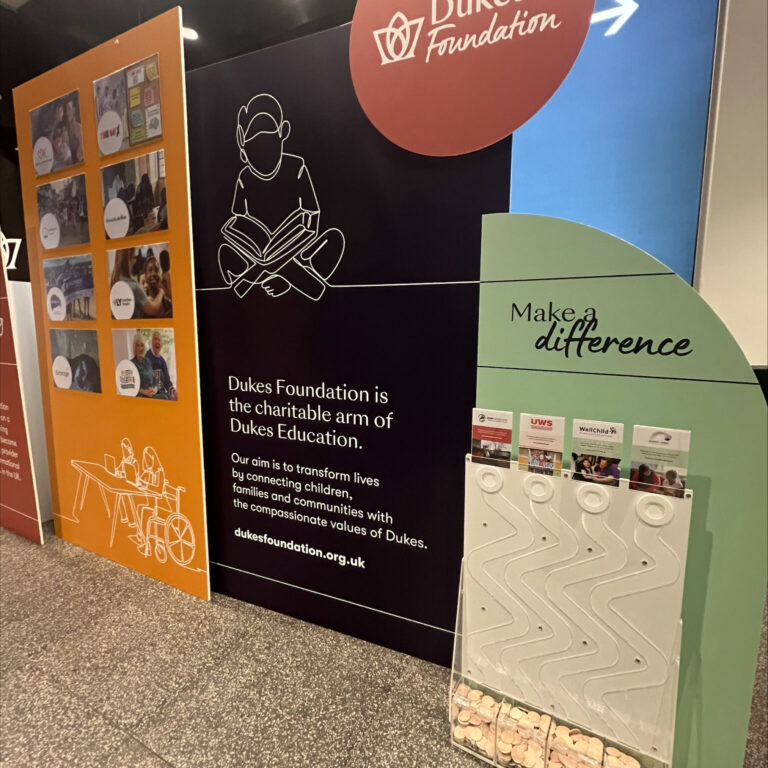

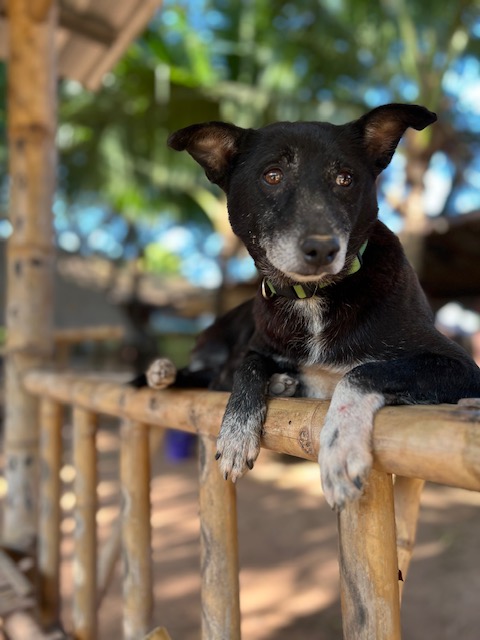


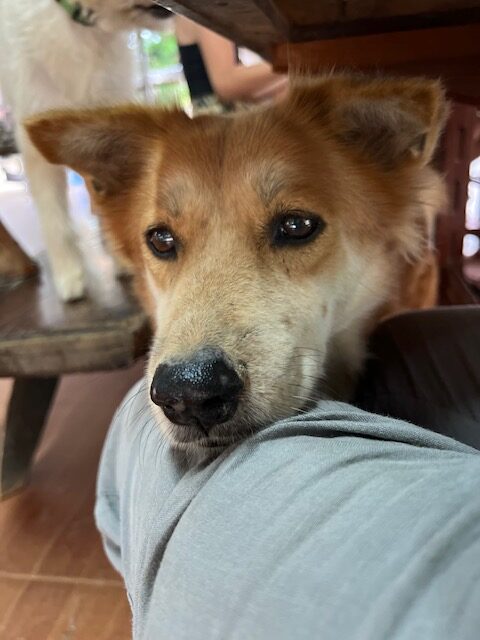


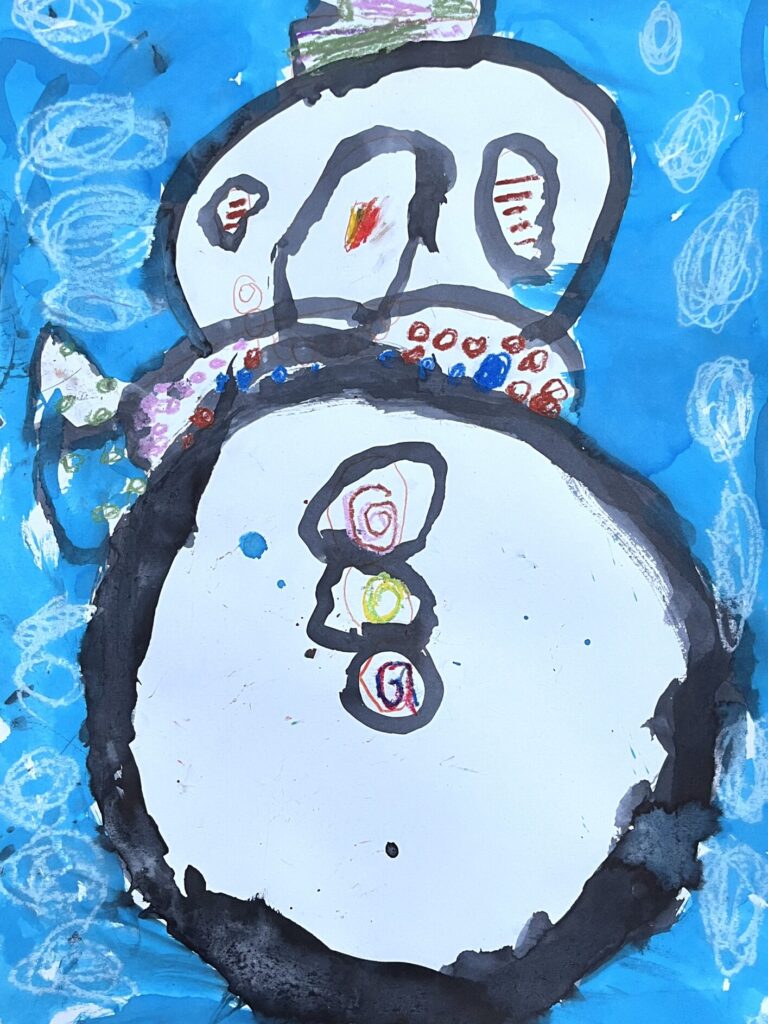
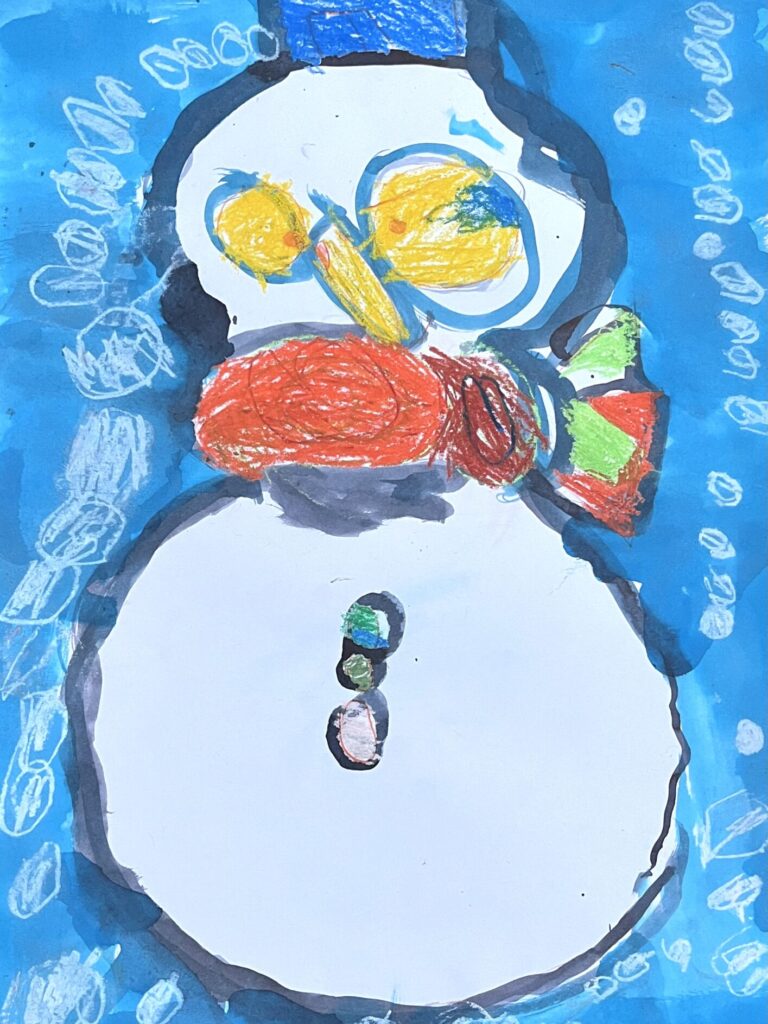

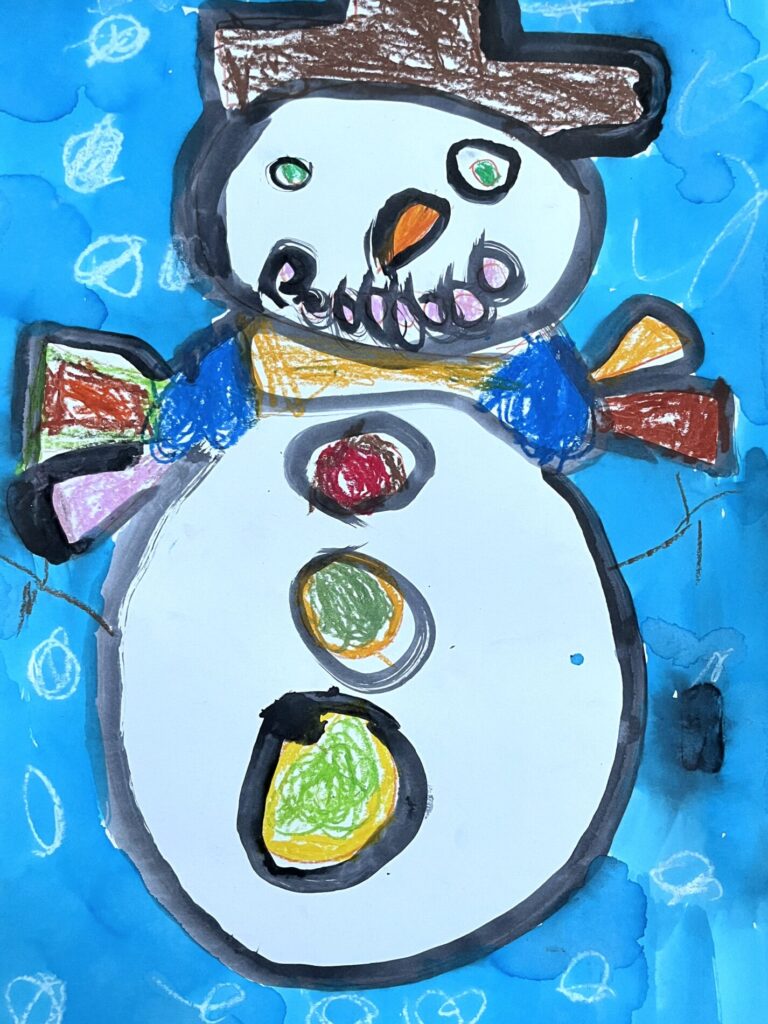
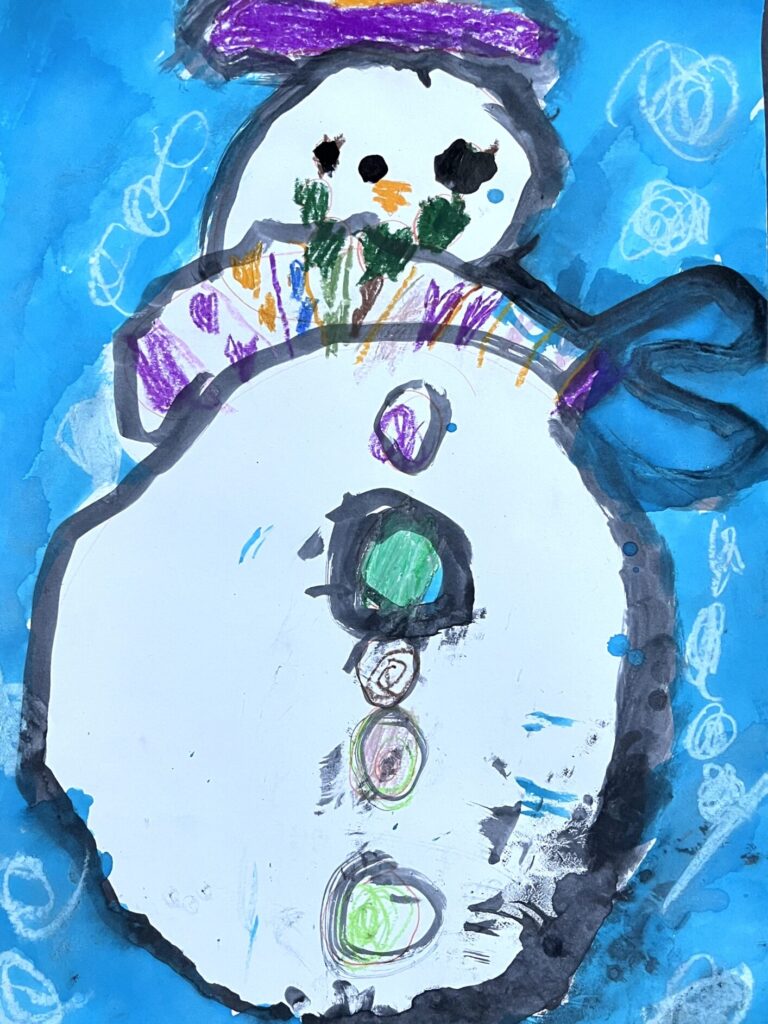

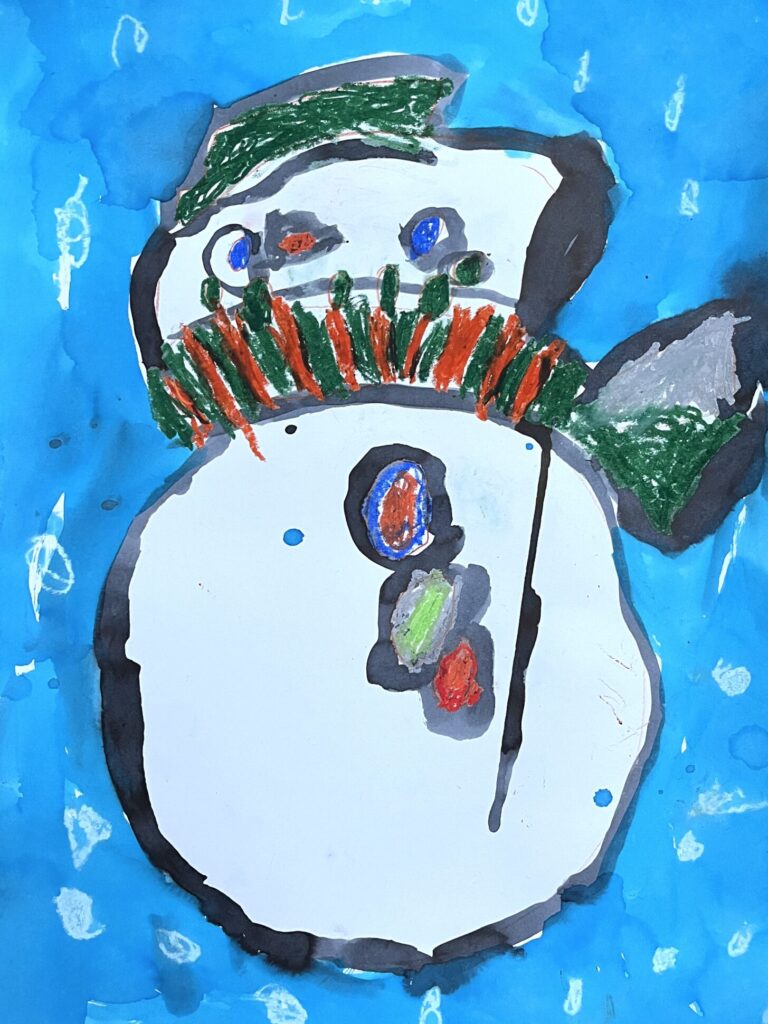
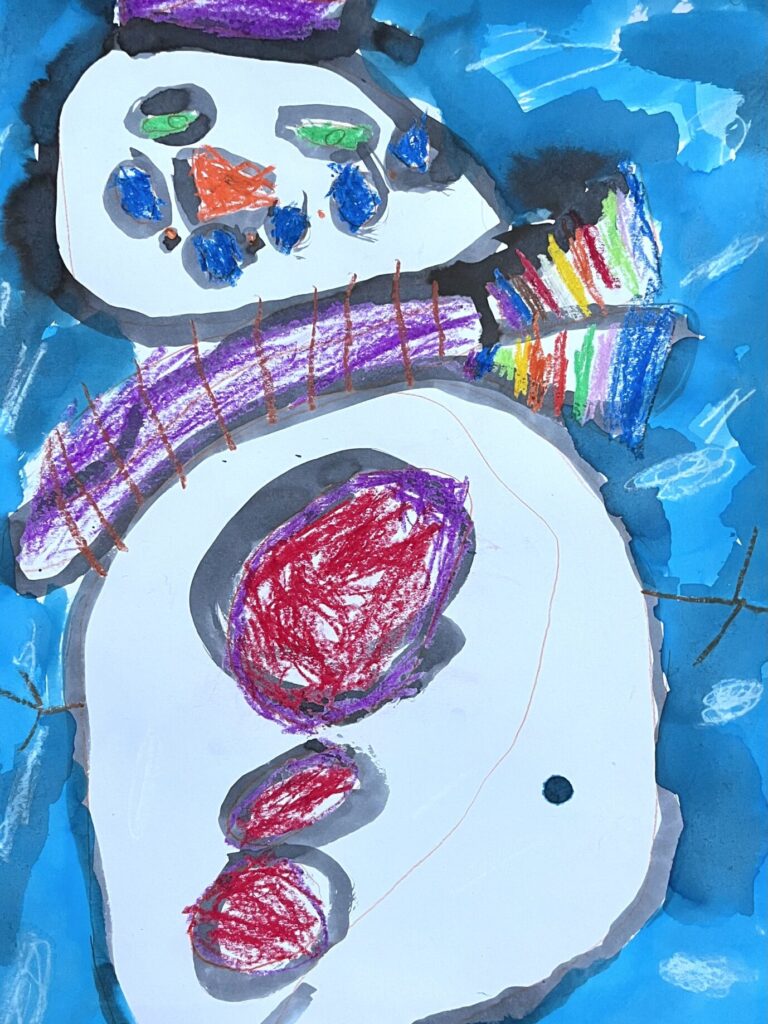

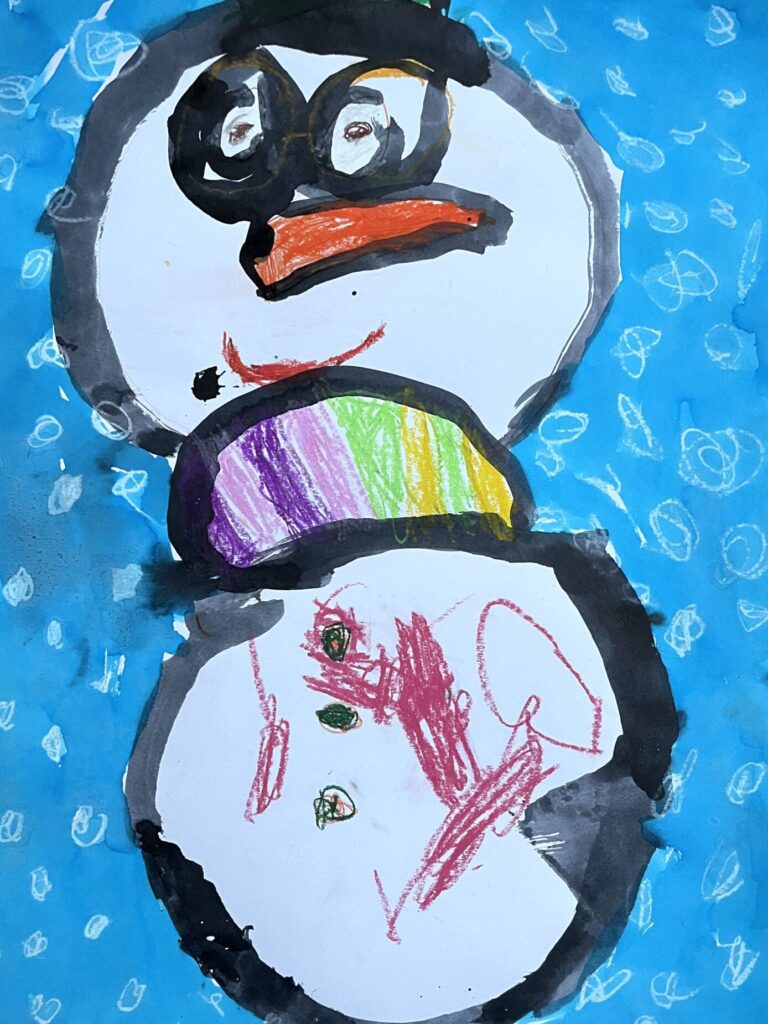
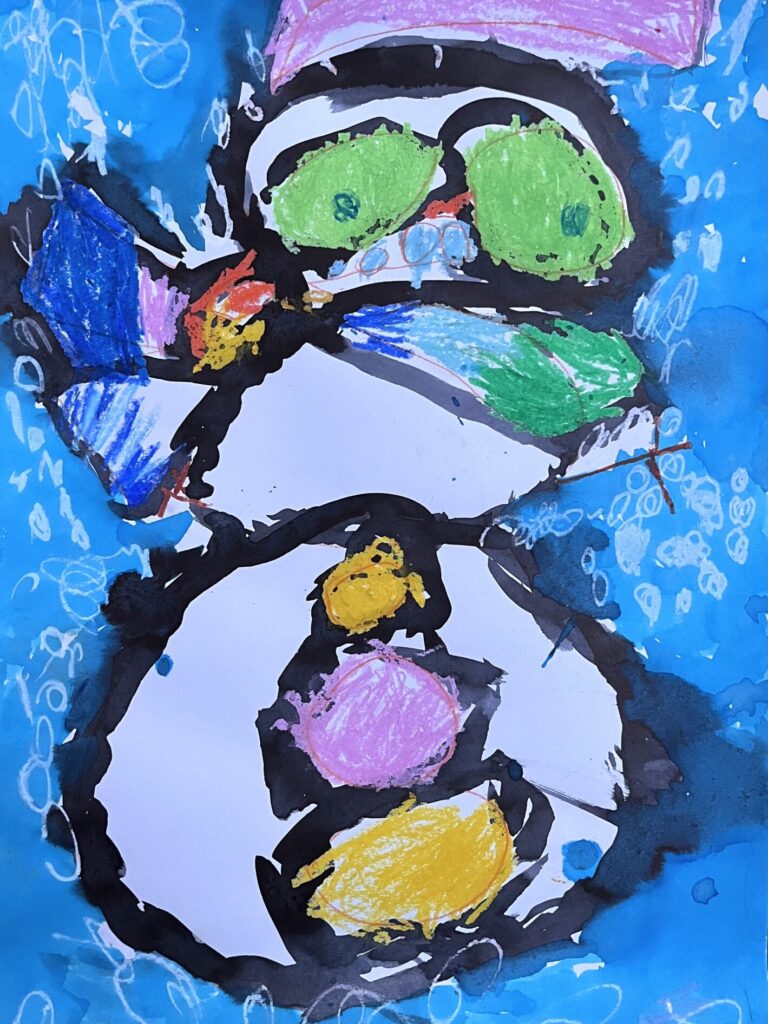
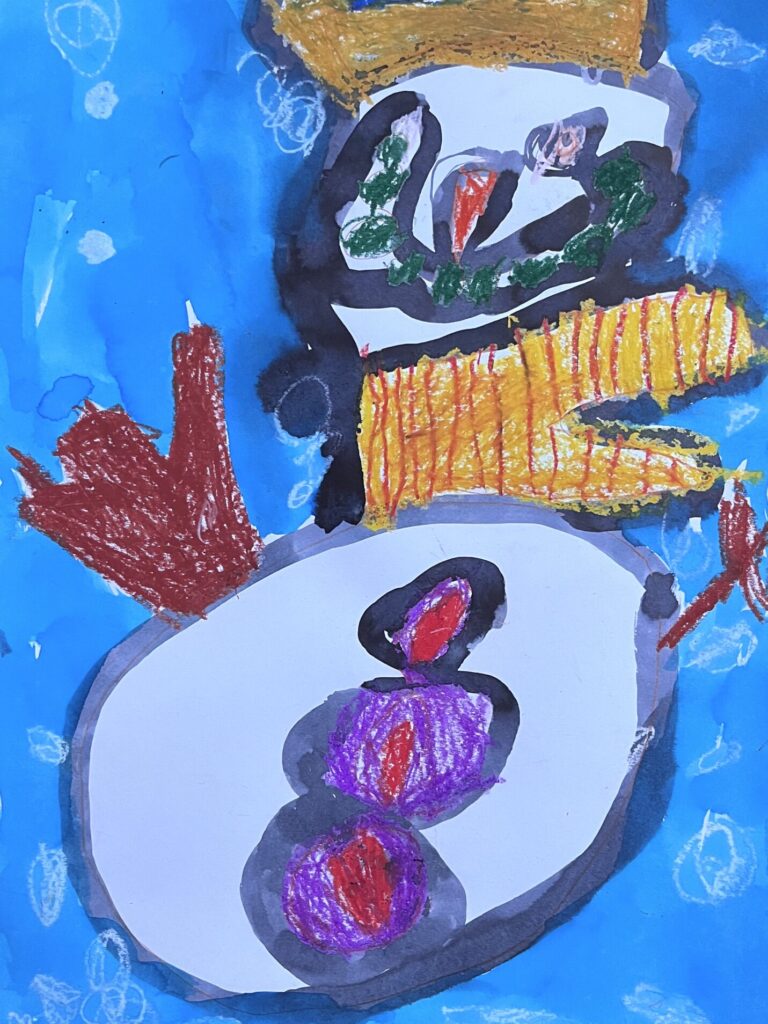
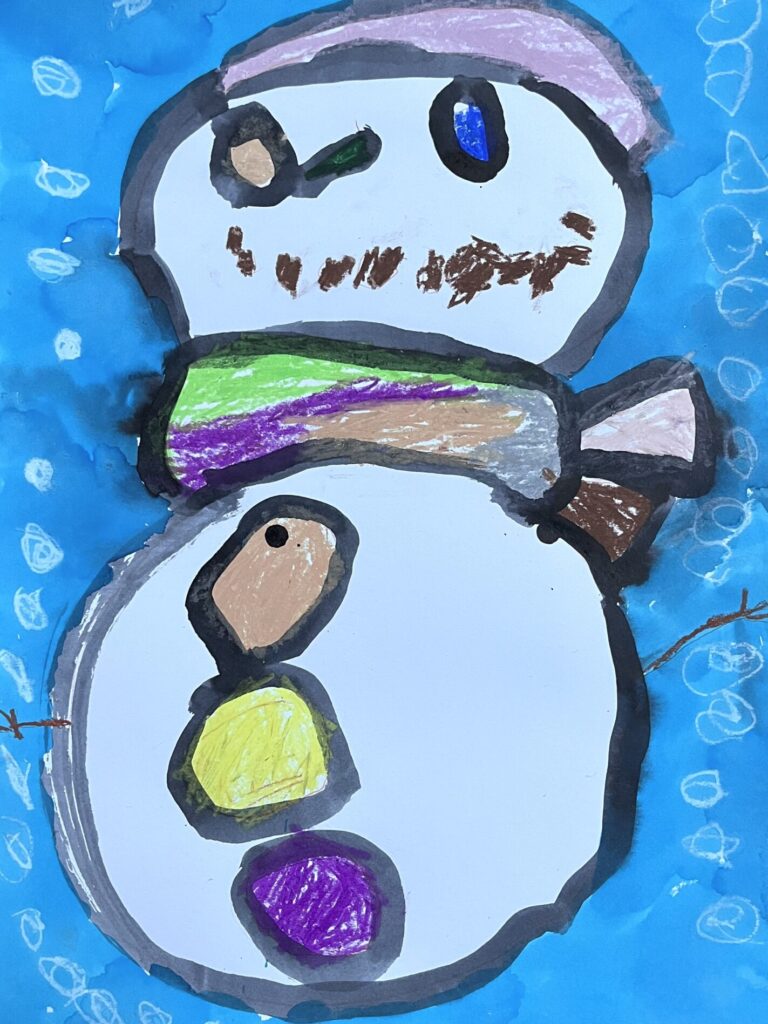
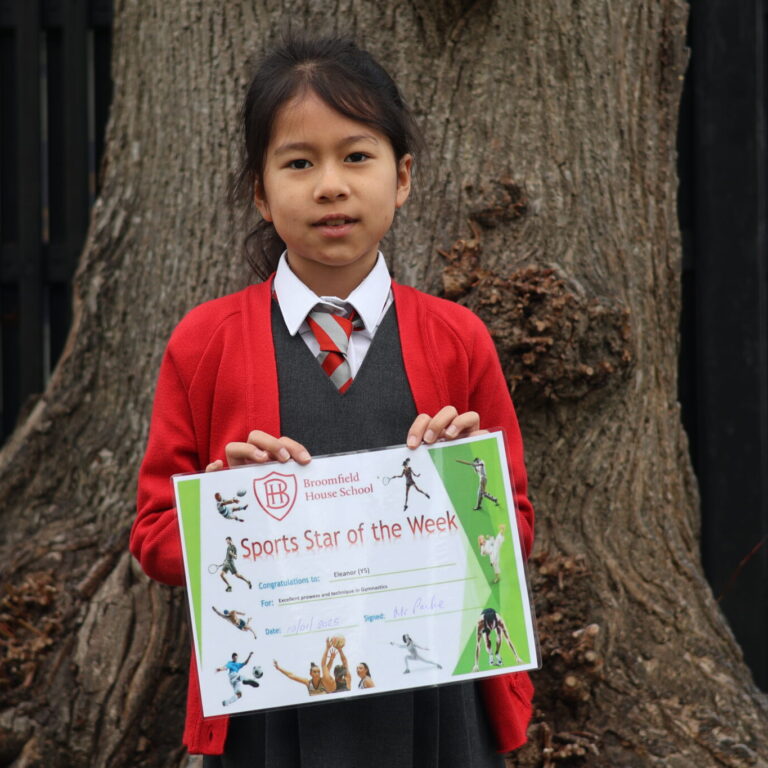

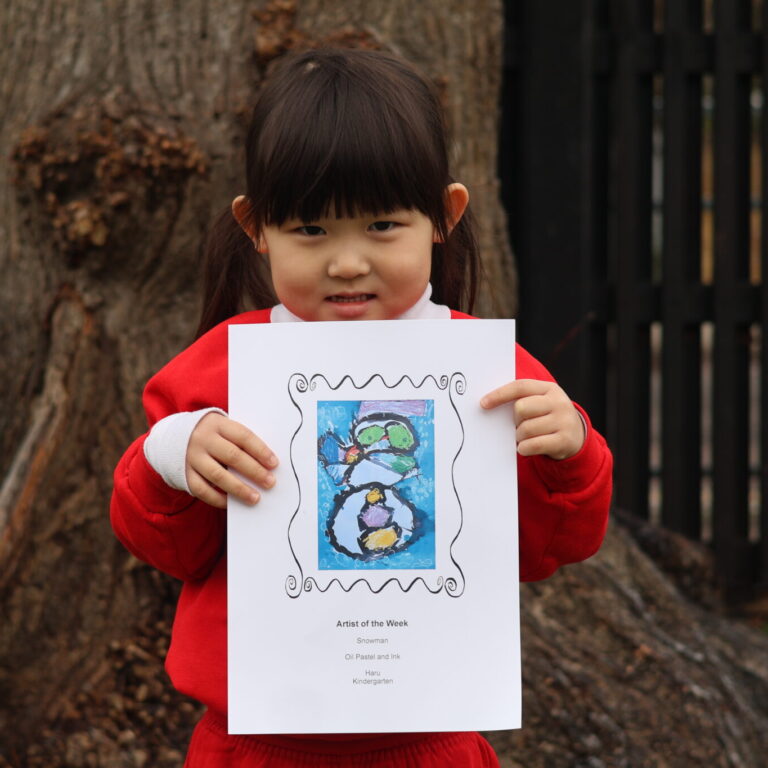
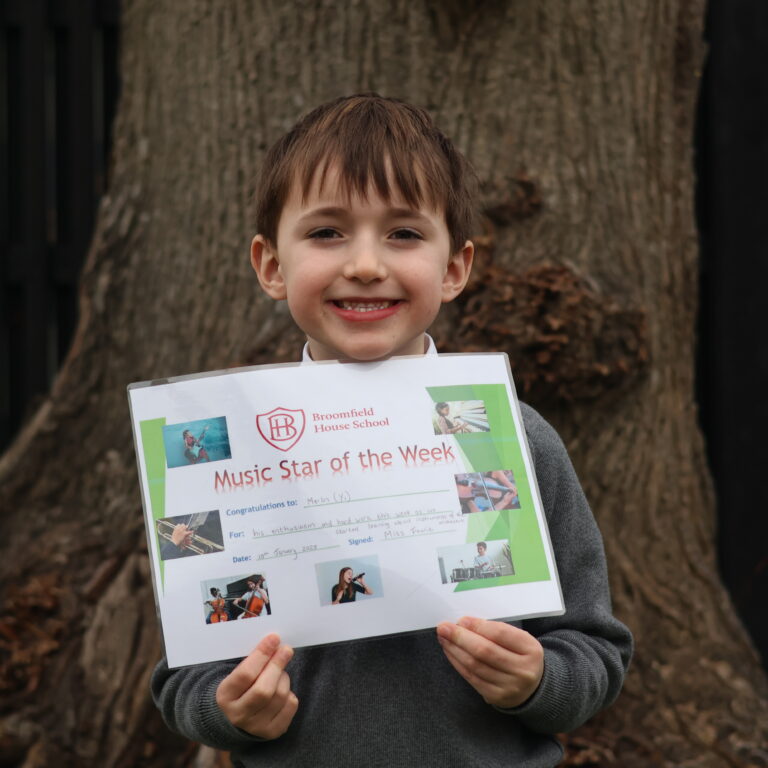
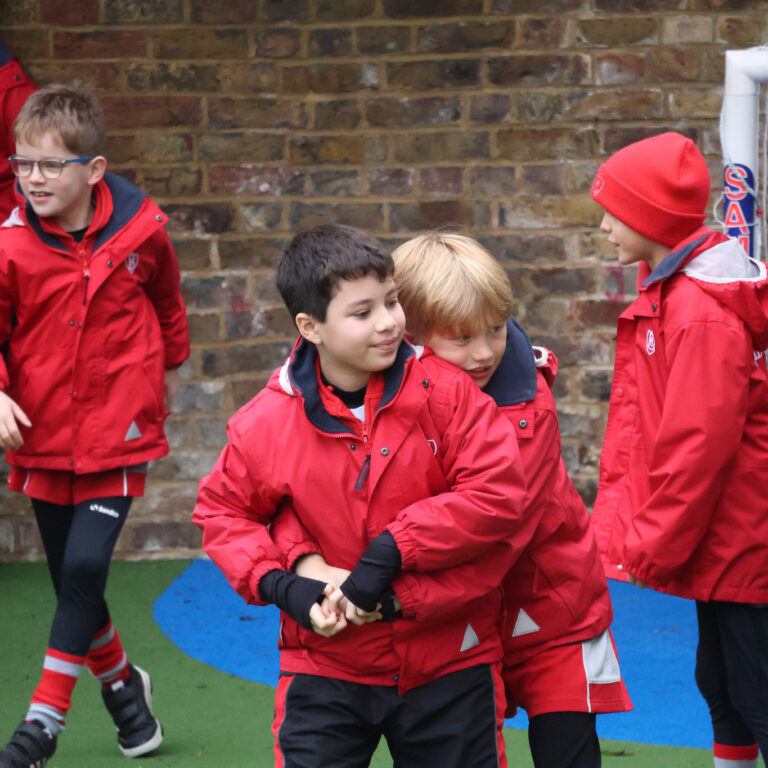
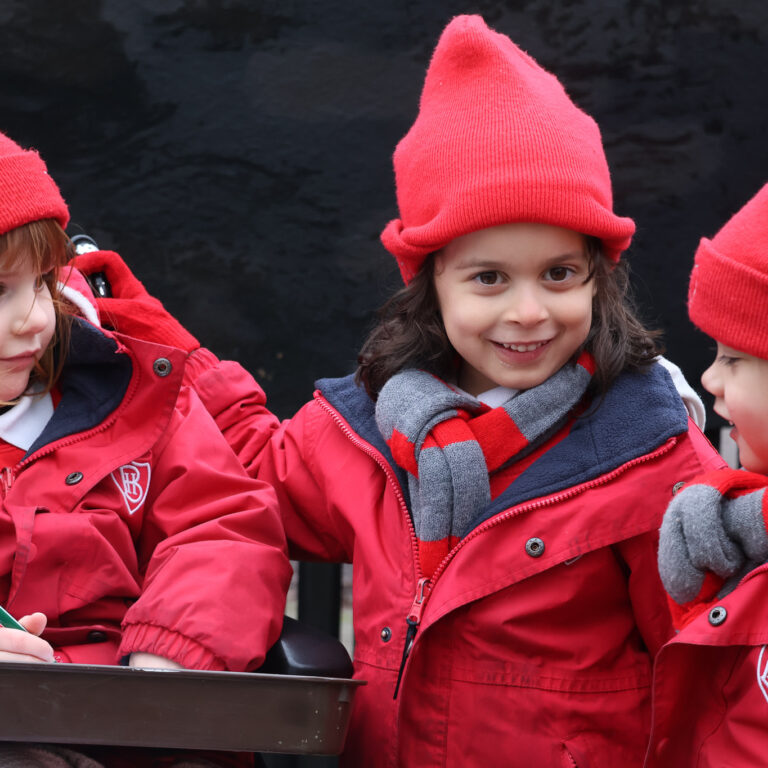
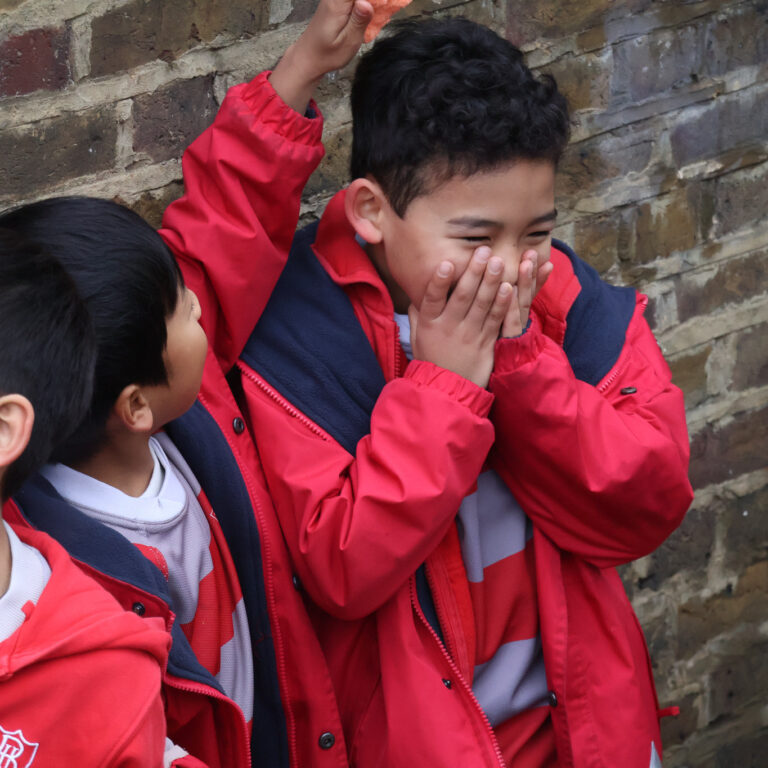
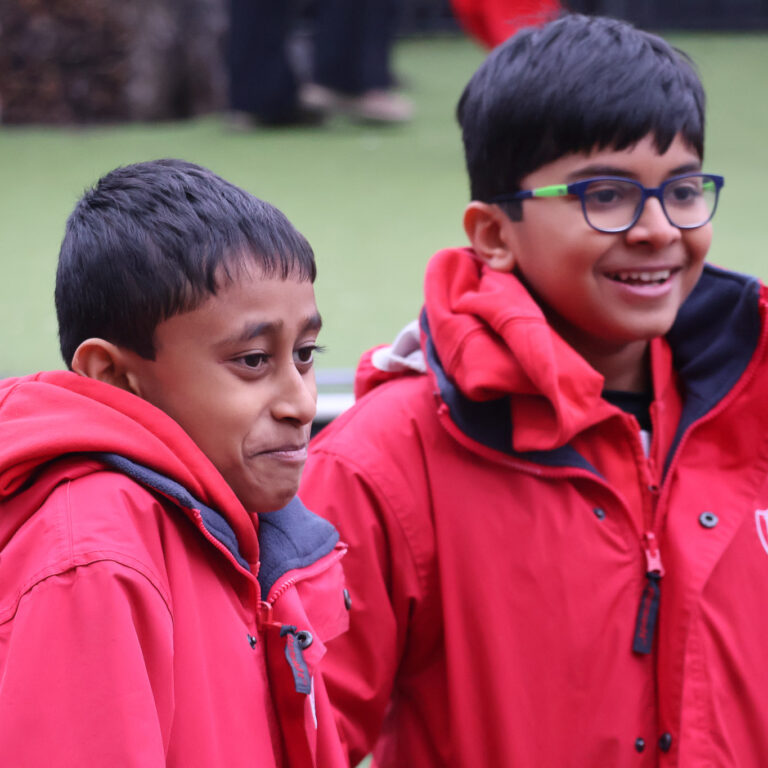
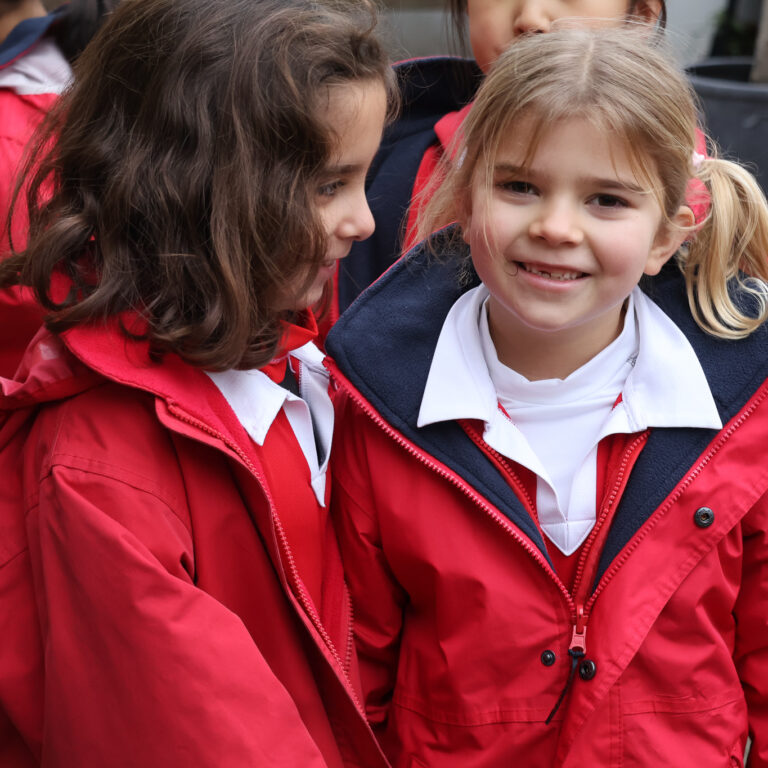

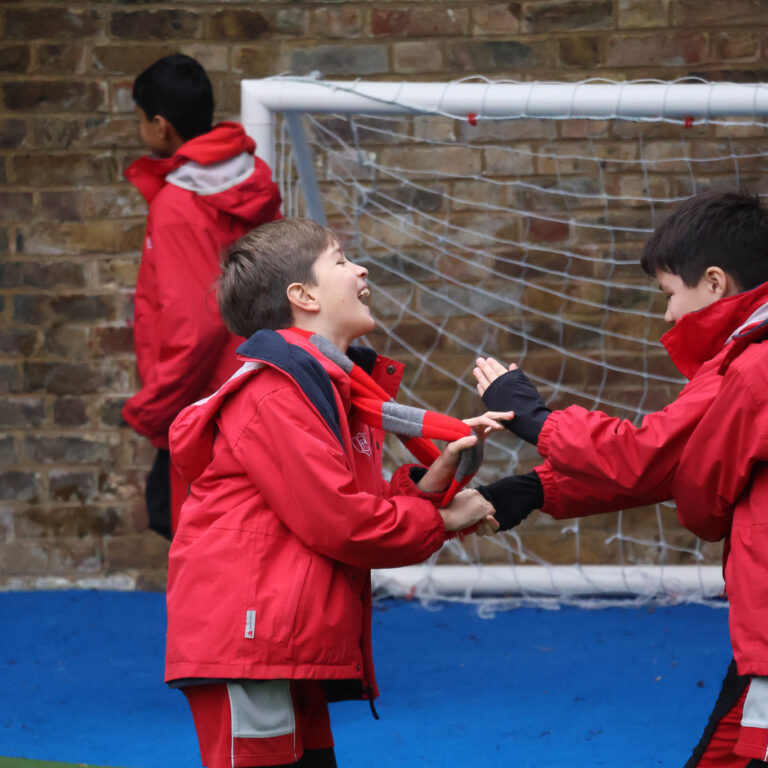
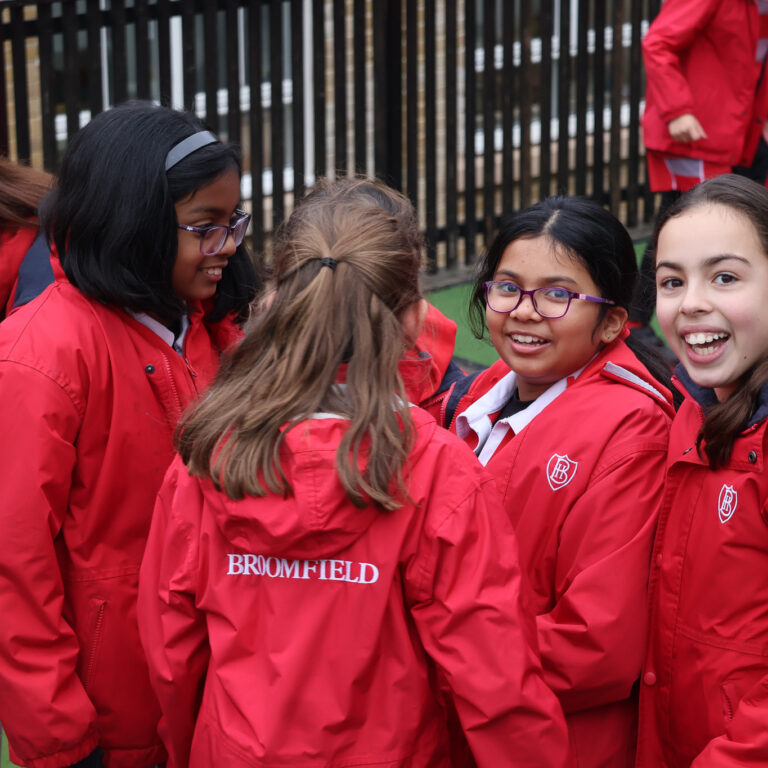
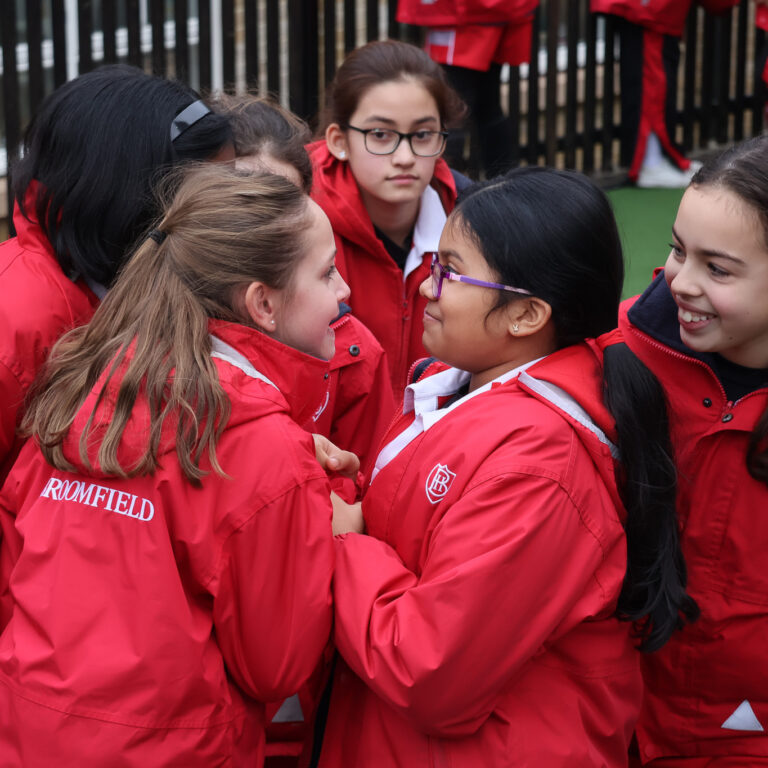
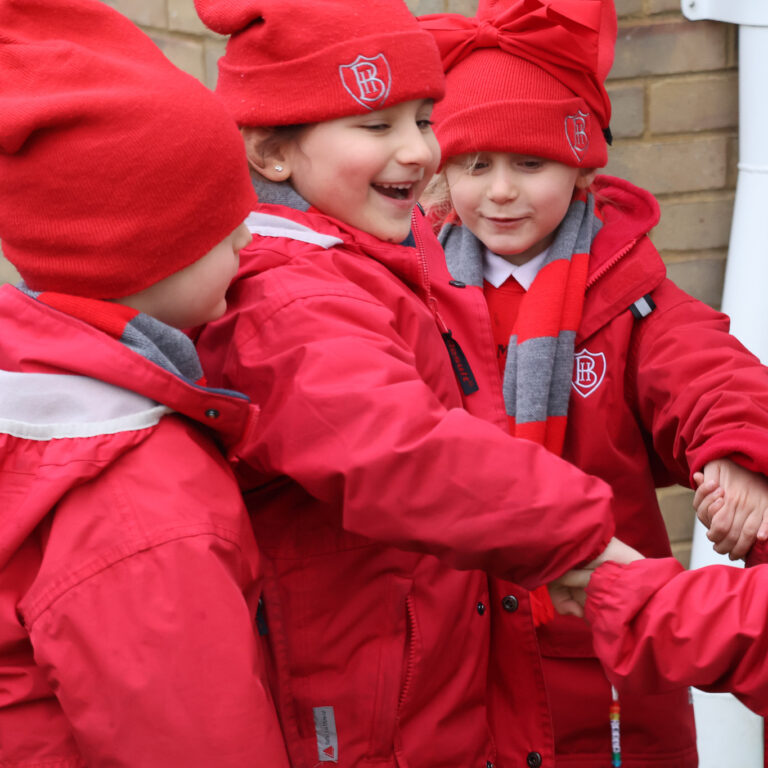
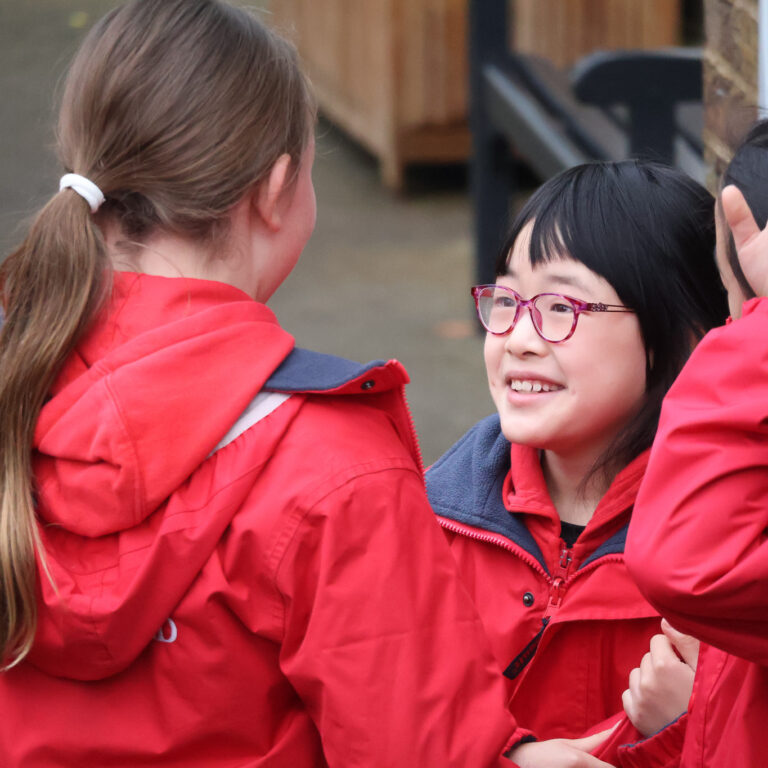
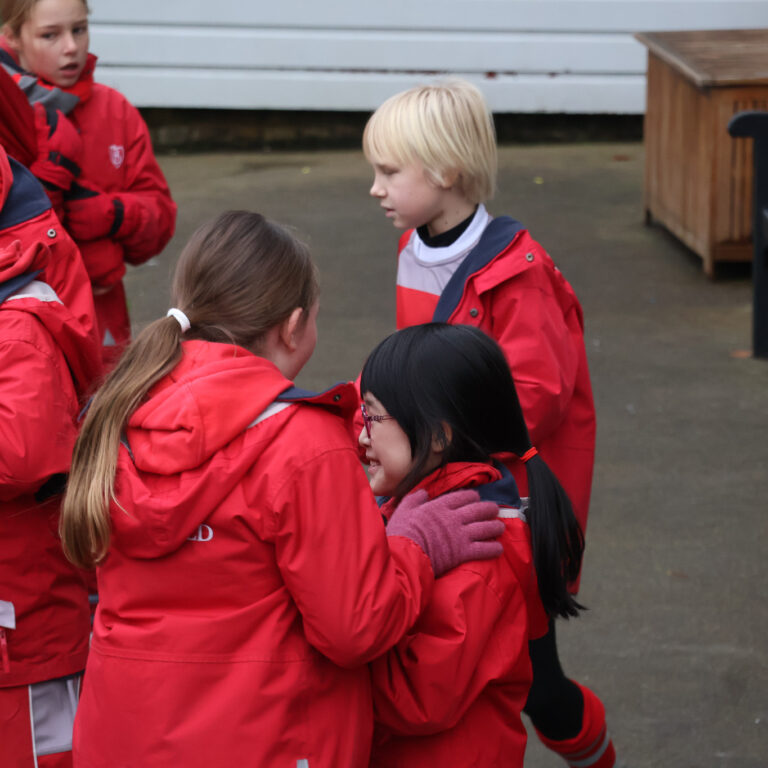
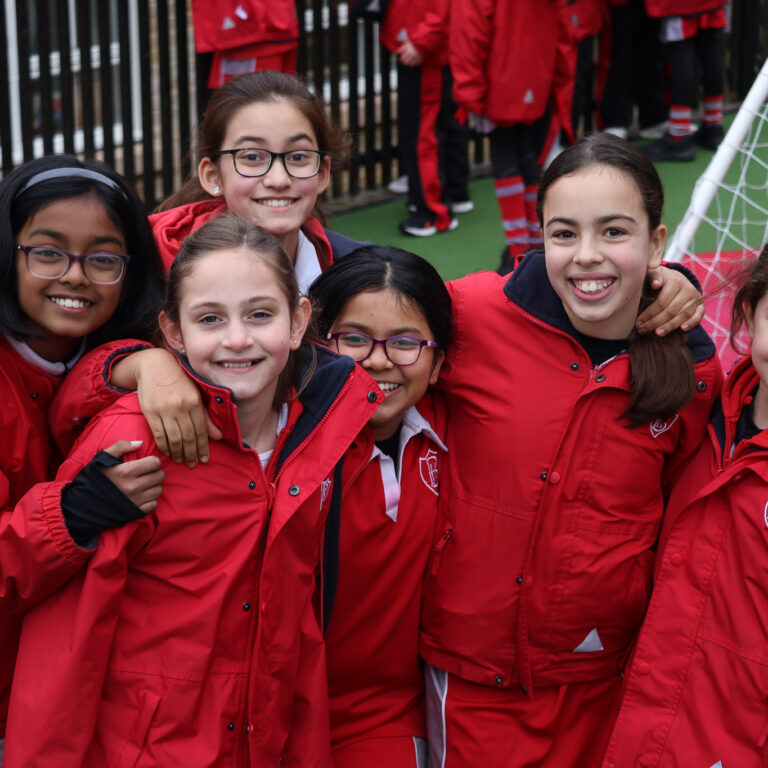
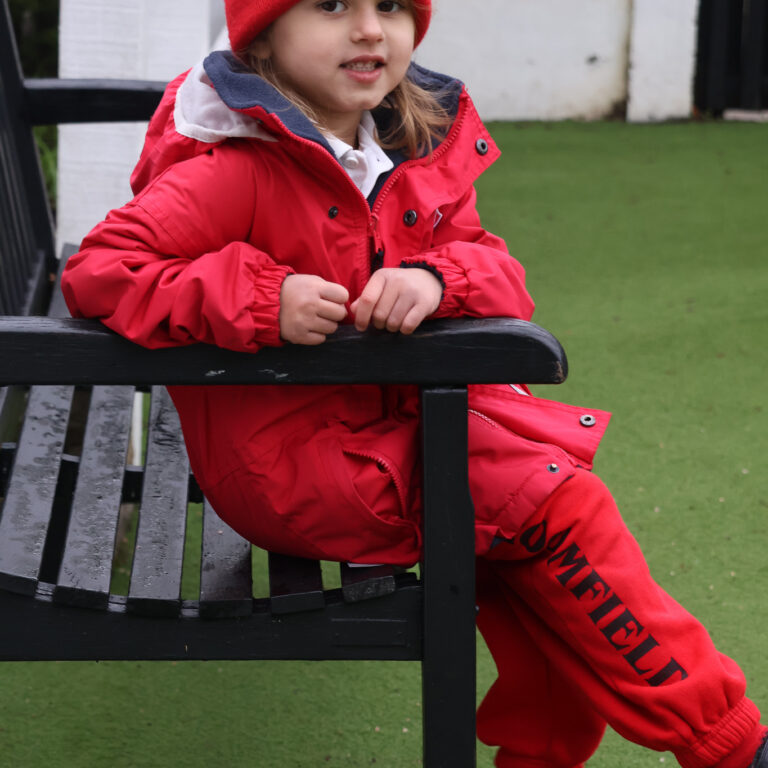
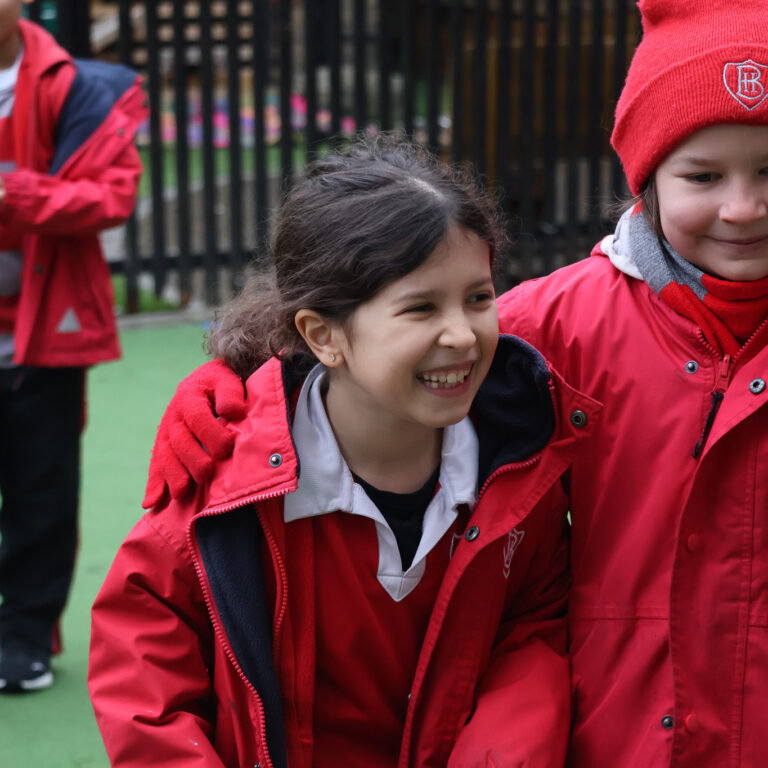
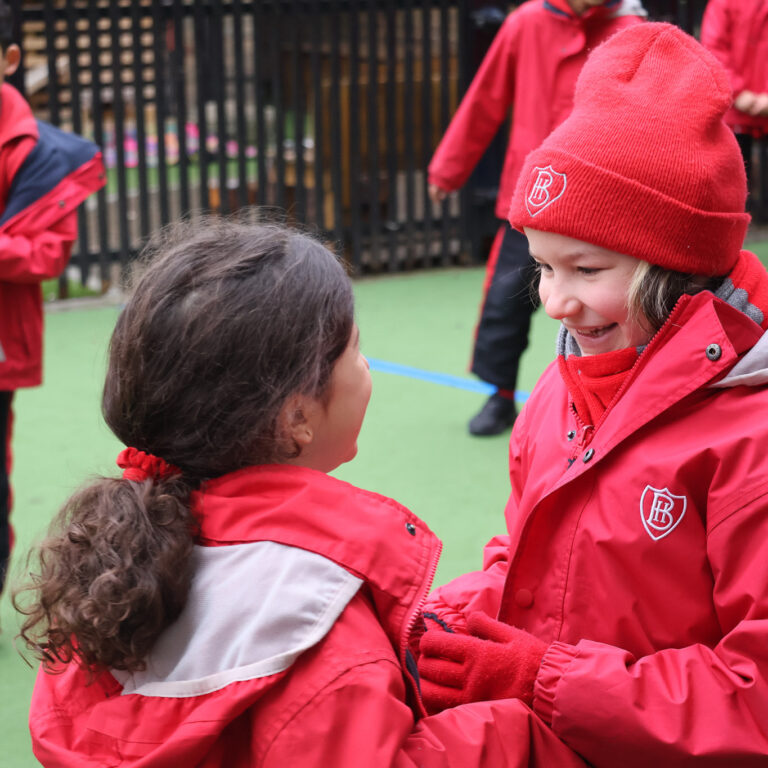
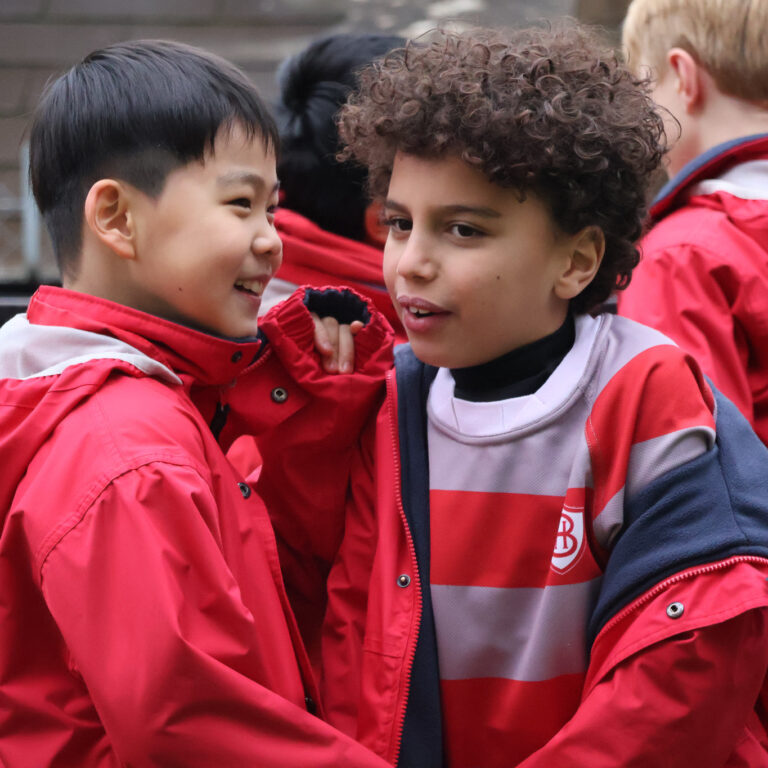
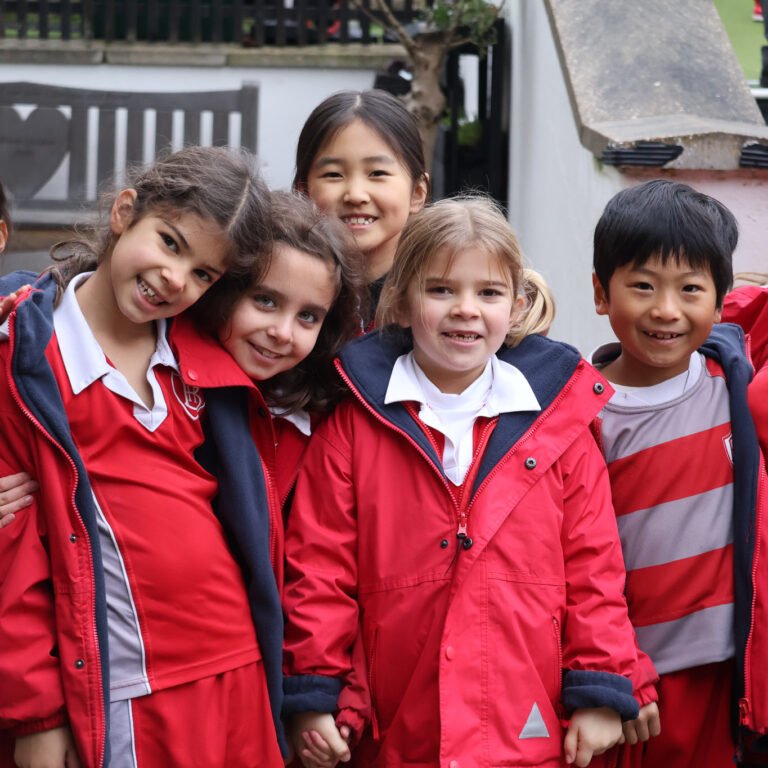
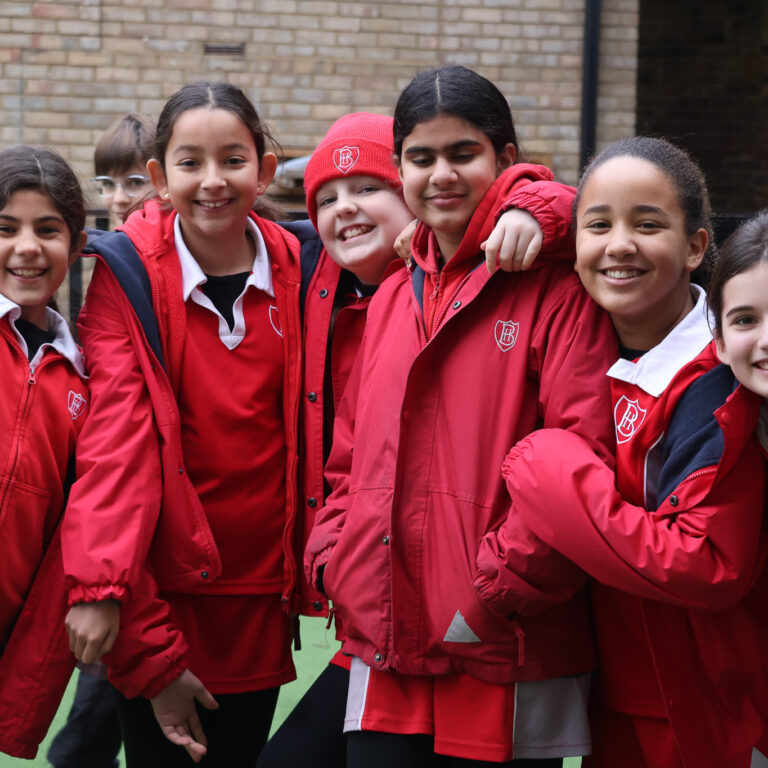
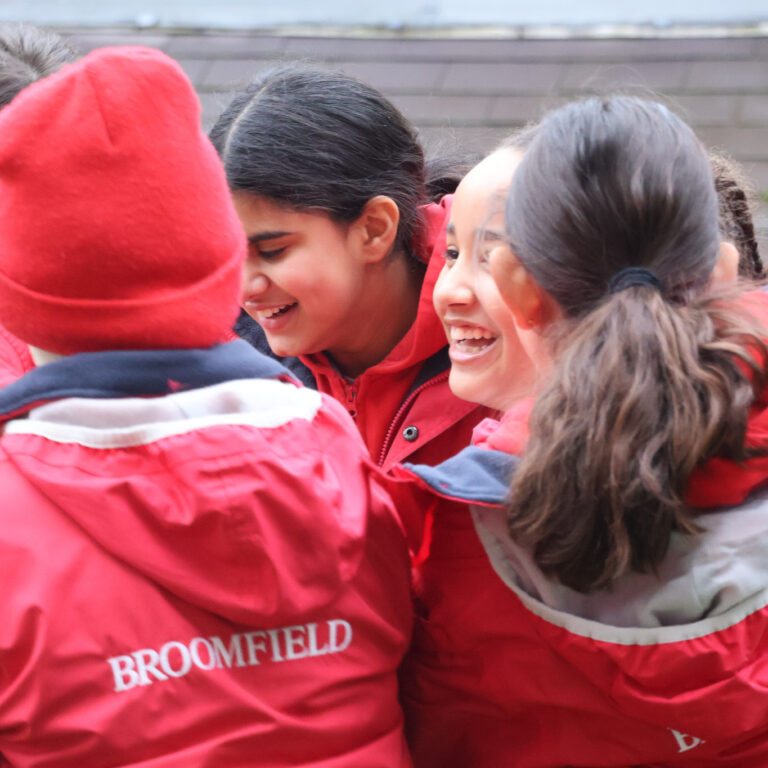
Error: No connected account.
Please go to the Instagram Feed settings page to connect an account.